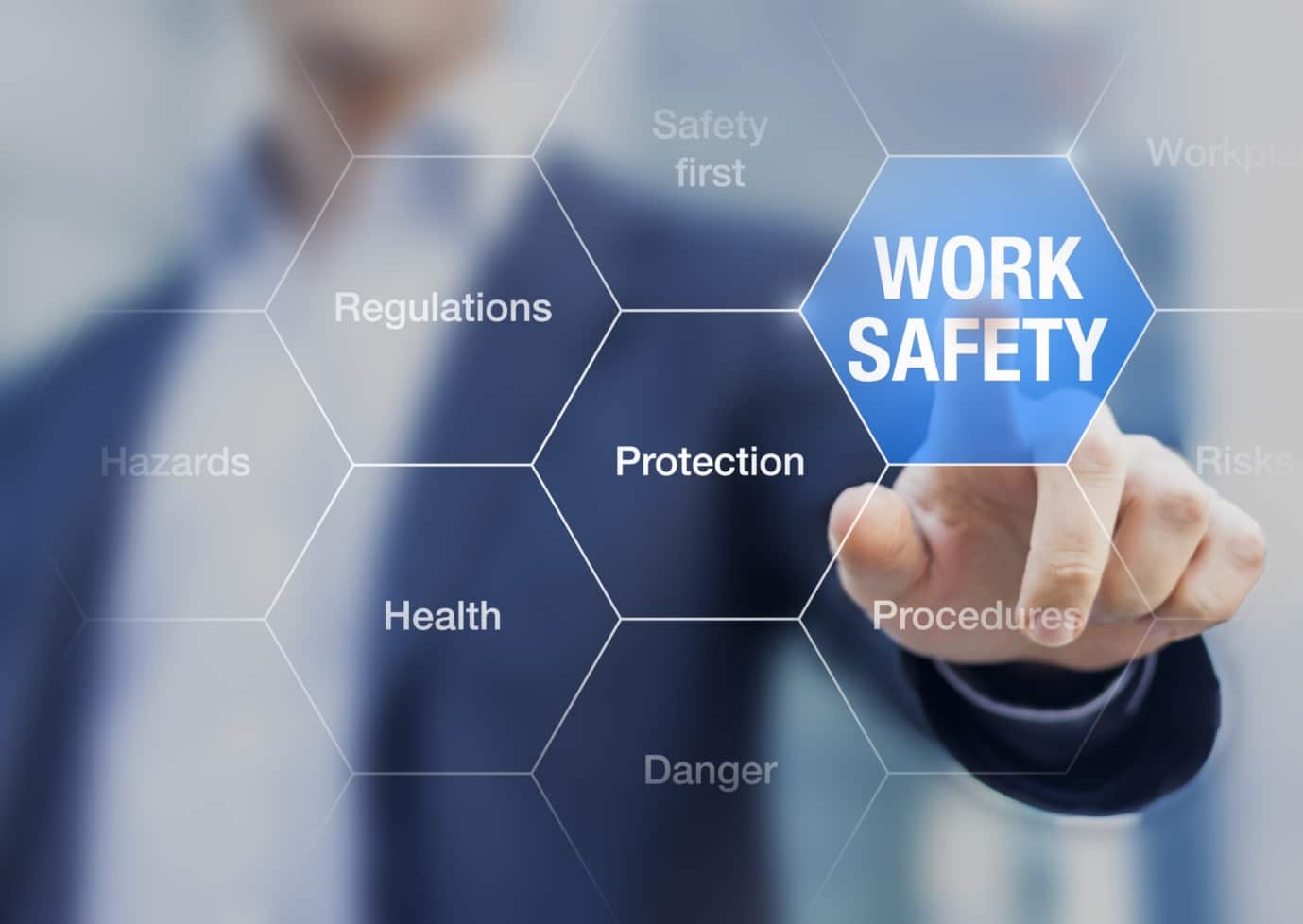7 Tips on Building Workplace Safety Strategies for Small Businesses
- 1 Seven Best Tips on Building Workplace Safety Strategies
- 1.1 1. Develop a Management Buy-in Safety Culture
- 1.2 2. Leverage Technology for Workplace Safety Strategies
- 1.3 3. Constantly Train Your Employees on Safety Program
- 1.4 4. Communication Channels Should Be Open to Everyone
- 1.5 5. Focus on Achieving and Maintaining Safety Standards
- 1.6 6. Equip Employees With the Right Tools and Equipment
- 1.7 7. Implement a Reward Program
- 2 Make Workplace Safety Your Priority
As an employer, you provide your employees with a safe work environment. Leadership and management must remain committed to this. However, this falls into the hands of management and everyone working in the company.
Everyone must adhere to safety measures for their well-being and that of their colleagues. There are different workplace safety strategies that everyone should follow. Here are seven tips on building workplace safety.
Seven Best Tips on Building Workplace Safety Strategies
1. Develop a Management Buy-in Safety Culture
Improve workplace safety by demonstrating management buy-in. If you fail to provide safer job sites, your employees’ morale and drive might deteriorate. For your employees to follow suit, you must lead by example and demonstrate that safety should be a top priority.
Make your employees aware of the values and goals of the safety program by communicating the value of building a safer job site. Prove to your employees how the company values them as you ensure your buy-in also translates into employee buy-in.
2. Leverage Technology for Workplace Safety Strategies
You need a platform to collect and share information with your employees to succeed in your workplace safety measures. Thanks to technology, you can easily integrate safety programs in your workplace.
Relying on the old paperwork system can hinder your safety performance. It can be challenging to communicate with your employees.
But with technology, there is that transparency into safety performance for your management. Technology allows you to make essential decisions regarding safety in the workplace. It helps you stress out your safety program’s strengths and weaknesses.
With the help of technology, you can eliminate paper trails and improve the speed and ease of communicating safety information in your company. However, this is only possible by electronically documenting your procedures and policies. You’ll make them easily accessible and convenient.
Managers can decrease administrative work by using software for their business while still having real-time reporting. They can still measure their success using valuable KPIs, which can improve their job site safety signs.
3. Constantly Train Your Employees on Safety Program
As time passes, laws and policies regarding workplace safety change. Reasons for this change include new equipment, different projects, and new regulations. Thus, one-time training isn’t recommended.
Ensure you conduct regular work safety training to equip your employees with new safety guidelines. While teaching new practices, don’t forget to reinforce the existing ones. Ensure you properly train new and existing employees on your job site.
Help all your workers understand their responsibility for keeping themselves and others safe. You and your employees must know how to operate specific equipment and machinery. Ensure you document all company policies and procedures to give your employees full access to the documented safety program.
Your employees should always follow the safety guidelines and receive consistent updates. You can’t allow emergencies to catch you unprepared.
4. Communication Channels Should Be Open to Everyone
Organizations should open communication channels and allow employees to address safety and health concerns. This means that workers should freely air their issues without any interference.
Providing comfortable communication channels can lead to new safety tips in your workplace. Some employees might suggest ideas for improvement that can be helpful to your business. Regular site team meetings encourage open dialogue and effortless communication in your organization.
Ensure your company has a platform where everyone can discuss pressing issues without fear. This will create a strong safety culture and improve employee engagement in safety.
5. Focus on Achieving and Maintaining Safety Standards
Even if your organization has a robust safety program, it can lose meaning if you don’t implement compliance tracking. You need a centralized system to help you follow the proper procedures. Ensure you meet the industry’s requirements, especially when bidding for major projects.
For instance, if you’re working on a large construction project, you’ll share a job site with other contractors, and safety issues will be a concern. So, you need to have WHS management systems in place. This will help you follow the safety rules and procedures and track policies.
6. Equip Employees With the Right Tools and Equipment
Ensure all your employees have the correct tools to do their work. Take care of your tools by scheduling equipment evaluations and inspections. Ensure proper servicing and clean the tools, as malfunctioning equipment can become common safety hazards at the workplace.
Consider ageing workforce adaptations for older people in your organization. For example, you can use lighter tools and materials to emphasize the need for ergonomic working conditions. Ensure you adapt your workplace to fit the needs of your older employees.
7. Implement a Reward Program
Regarding the reward program, start by implementing a safety incentive program. Ensure you follow safety protocols when rewarding your employees. Rewarding your employees makes them feel that your organization values their safety practices.
Make the program simple, and give rewards more often to enable your workers to repeat their safety practices daily. Rewards will encourage your employees and lower workplace-related injuries. Your staff will be more interested in maintaining the safety culture in their place of work, which will benefit everyone.
Make Workplace Safety Your Priority
Workplace safety isn’t something you can achieve right away; it’s instead a constant evolution. New policies, equipment, and safety measures keep coming up, and you must be on your toes. Nothing will be impossible if you follow all the above workplace safety strategies.

















